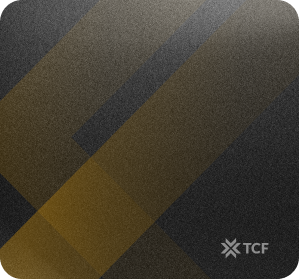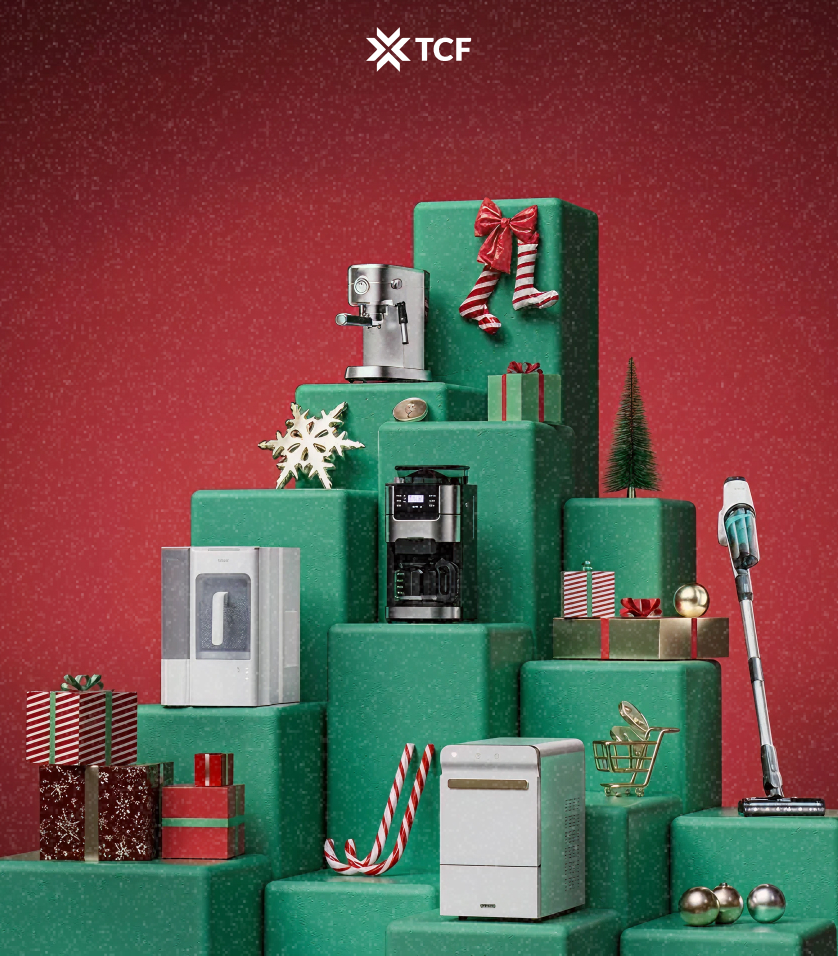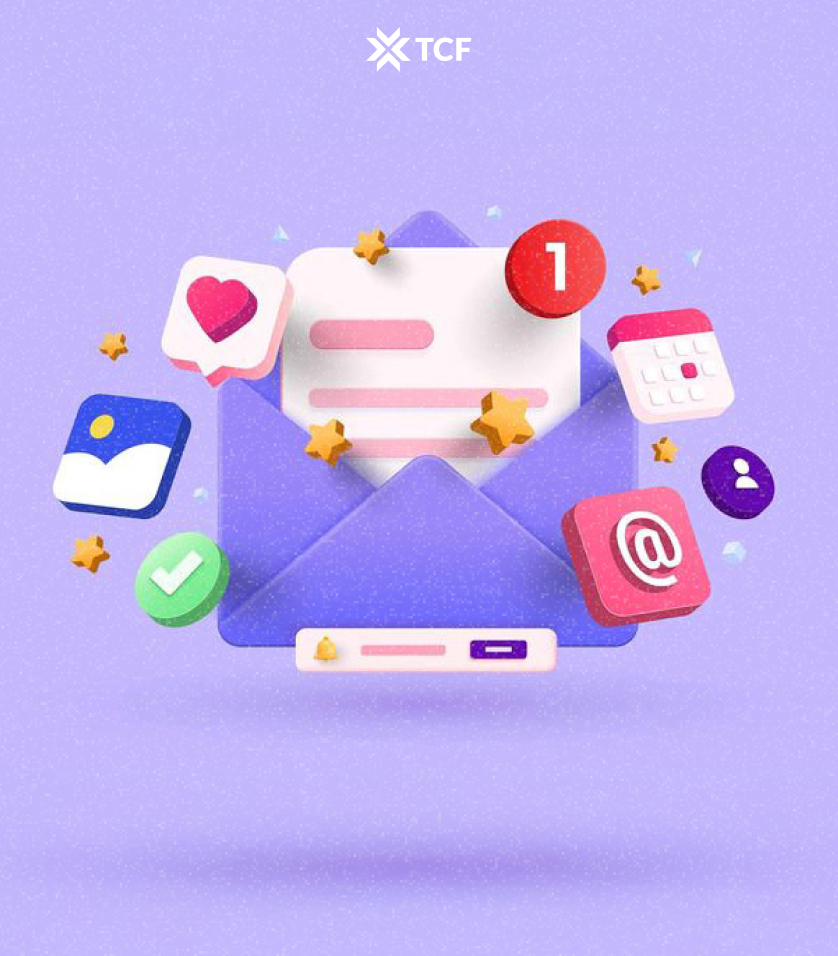There are two types of product bundles:
- The kind that makes customers go “Ooh, I need that,”
- And the kind that sits in your store like a sad, forgotten clearance rack.
I made this article about the first kind.
We’re skipping the obvious “buy 3, save 10%” combos and diving straight into the bundles that actually move products. Smart ones. Fun ones. The kind built with intent, whether you're launching something new, boosting AOV, or turning leftovers into heroes.
You’ll find examples from real brands, strategies that don’t wreck your margins, and enough formats to make your merchandising brain tingle.
Ready?
[[cta5]]
What Makes a Product Bundle Actually Work?
Weak bundles usually fall flat because they feel like a random pile of products with a discount sticker. There's no logic, no appeal, and no reason to care.
These are the principles that actually drive performance:
- It solves one clear problem or need: Give customers an outcome. Not a mix of items. Bundles that speak to real-life use cases (hydrated skin, zero-stress gifting, better lighting for video calls) get picked up fast.
- It’s easy to buy: No confusion, no friction. A smart bundle looks clean, works on mobile, and takes one click to add to cart.
- It protects your margins: High-performing bundles don’t rely on big discounts. They’re structured to feel valuable through function.
- It works with your operations: Inventory stays intact, fulfillment doesn’t break, and SKUs don’t fight each other. A well-designed bundle respects your backend.
- It’s merchandised with intent: A name, a theme, a clean image. It should look like its own product. Perceived value increases when the packaging feels considered.
- It’s timed and placed with purpose: Drop it during a seasonal push. Feature it on landing pages or slide it into your post-purchase flow. Let the bundle show up where people are already in buying mode.
- Its format fits your goal: Choose fixed kits, dynamic add-ons, or customizable sets based on what you’re trying to push. Don’t wedge a complex tool into a one-click moment.
Think of your bundle as a tiny conversion engine. It needs a destination, a structure, and the right fuel. Stack those pieces right, and customers will drive it home.
9 High-Converting Product Bundling Examples (With Visuals and Strategy)
You know what makes a bundle work. Now let’s see it in action.
These are real examples from brands that know how to package products so they fly off the shelf. Each one has a clear purpose, a simple structure, and that instant “add to cart” appeal. Take them as they are or tweak them to fit your own store.
1. The “Complete the Look” Bundle
A head-to-toe outfit, a full table setting, or any set of items that naturally belong together. Customers see it, picture it, and want the whole thing.
Why it works: Styling decisions slow people down. This bundle removes the pause. One photo, one click, and they’ve got everything they need to recreate the look. It sells convenience.
How to use it:
- Pick a hero product and pair it with 2–4 complementary items.
- Use the same model, setting, or color story across all products to make the bundle feel cohesive.
- Place it right on the hero product’s page with a clear headline like “Shop the Full Look.” and follow product details page best practices to make it easy to see, understand, and buy.
Brand examples: Nike uses this for training outfits. Anthropologie does it with dinnerware sets. Alo Yoga styles their gear head-to-toe and gives you a one-click add.

2. The “Routine in a Box” Bundle
A complete set for a specific task or ritual: skincare steps, coffee brewing essentials, a beginner art kit. Everything needed for the experience comes in one package.
Why it works: Customers like ready-made solutions. A routine bundle eliminates guesswork and creates the feeling of starting something the “right” way. It also increases the chance they’ll return to restock the entire set.
How to use it:
- Identify a repeatable routine your product supports.
- Include the core items plus one or two “nice-to-have” extras that elevate the experience.
- Name it in a way that speaks to the goal, like “Glow Starter Kit” or “Morning Coffee Ritual Set.”
Brand examples: Glossier’s “The Skincare Edit” covers the basics in one box. Fellow’s coffee starter kits pair grinders, kettles, and mugs. Sephora’s curated skincare trios work as gifts and entry points for new customers.
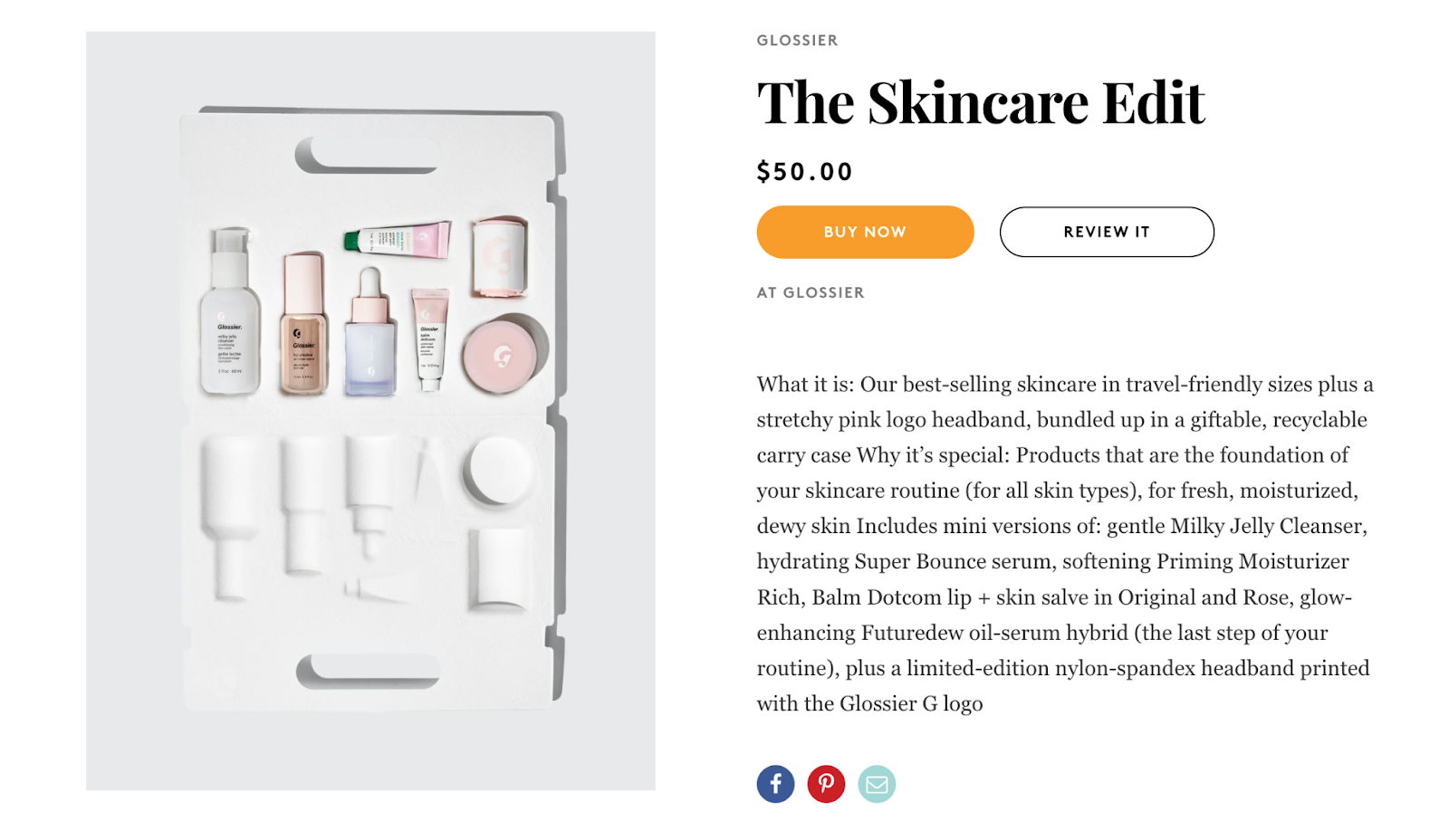
3. The “Buy More, Save More” Bundle
A tiered discount that rewards larger quantities: buy two for 10% off, buy three for 20% off, and so on. Works for both identical products and mix-and-match within a category.
Why it works: The structure is easy to understand, and the savings are obvious. It pushes customers to add “just one more” to unlock the next tier, which raises average order value without heavy discounting.
How to use it:
- Choose products customers naturally buy in multiples, like socks, candles, supplements, or notebooks.
- Make the tiers clear and visually distinct on the product page.
- Use a progress-style prompt in the cart to show how close they are to the next tier.
Brand examples: Bombas encourages customers to add more socks to unlock higher discounts. Bath & Body Works runs “Buy 3, Get 3 Free” on body care. Ritual uses multi-bottle pricing for vitamins and supplements to incentivize bulk orders.

4. The “Build Your Own” Bundle
A customizable set where customers pick from a selection of products to create their own combination. Works for snacks, beauty products, stationery, apparel basics, anything that benefits from personalization.
Why it works: Personal choice increases perceived value. Customers feel like they’re getting exactly what they want. It also encourages them to explore more of your catalog.
How to use it:
- Offer a fixed number of slots (for example, “Choose any 6” or “Pick 3 from this list”).
- Keep the options curated to avoid overwhelm.
- Price the bundle as a single product for easier checkout.
Brand examples: The Body Shop lets customers create custom gift boxes from a curated product list. Sugarwish allows recipients to choose their own candy or snack selections. Function of Beauty offers fully personalized haircare sets based on customer quiz results.
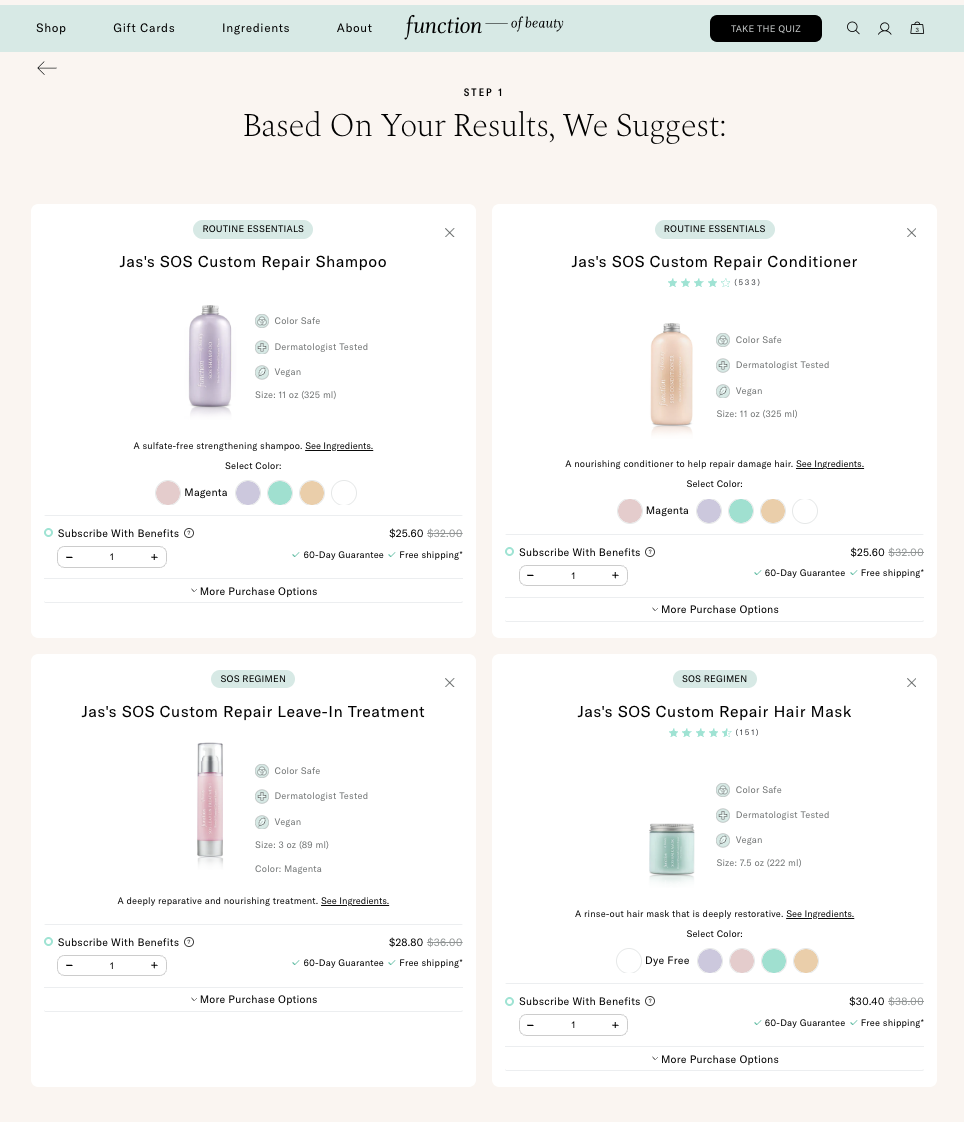
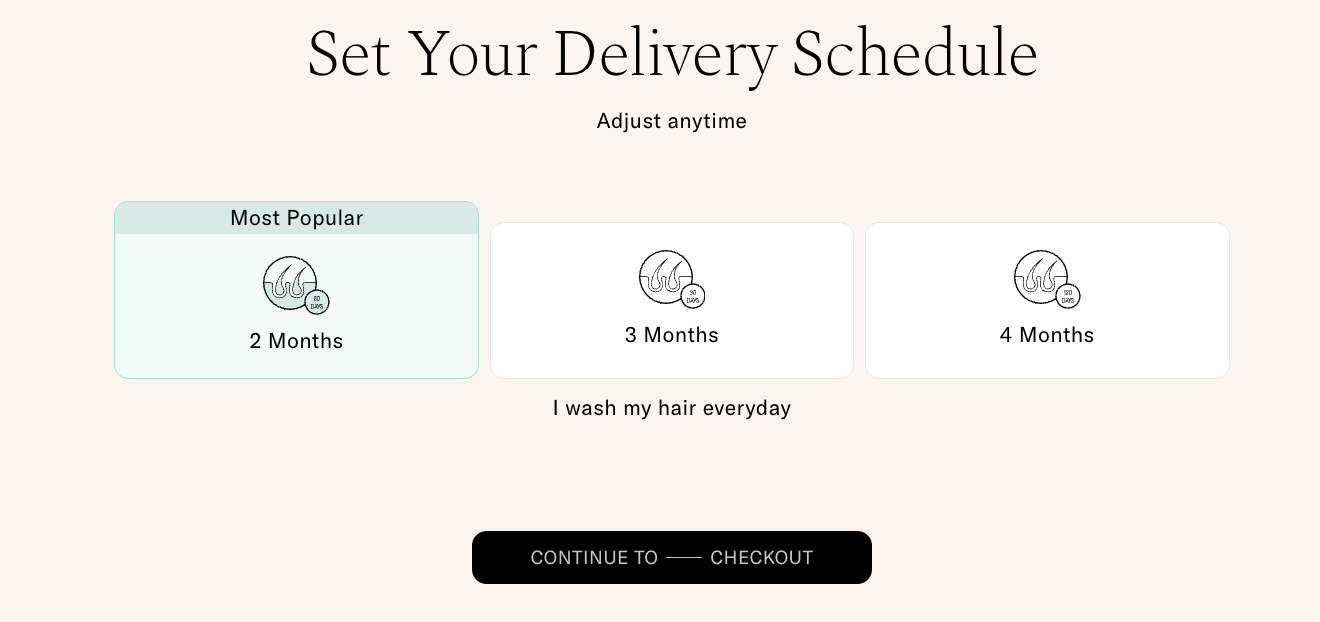
5. The “Frequently Bought Together” Bundle
A pre-filled suggestion that pairs related products and lets customers add them all to the cart with one click. Often shown on the product page or in the cart drawer.
Why it works: It catches customers in the moment of high purchase intent and shows them items they didn’t realize they needed. The connection feels natural, so the extra spend feels like common sense.
How to use it:
- Pull the product recommendations from real purchase data.
- Display the bundle as a clean, self-contained block on PDPs or carts.
- Use language that frames it as a helpful tip, like “Complete your setup” or “Pairs perfectly with.”
Brand examples: Amazon built its “Frequently Bought Together” module into an ecommerce standard. B&H Photo suggests batteries, cases, and memory cards alongside cameras. Chewy pairs pet food with treats or toys based on what other customers buy together.
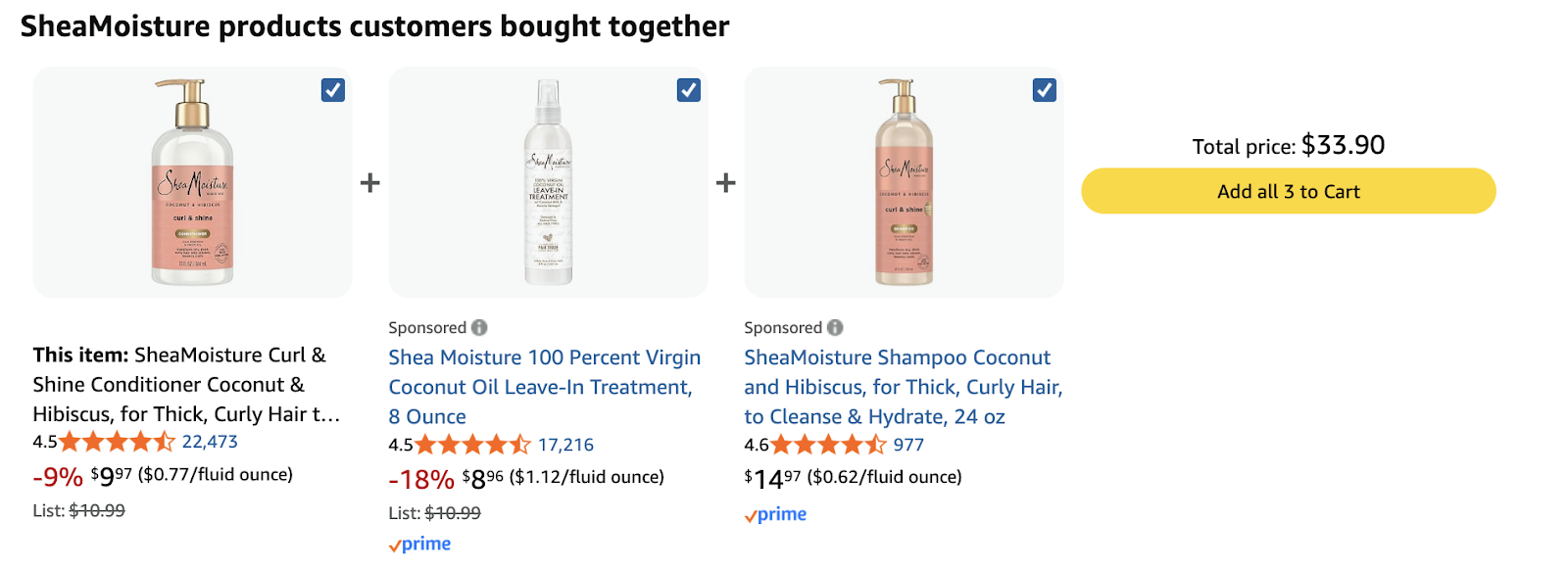
6. The “Launch Pairing” Bundle
A new product packaged with an existing bestseller to drive adoption. The familiar item builds trust, and the bundle boosts visibility for the launch.
Why it works: New products can feel risky to buyers. Pairing them with something they already know and love makes the purchase safer and more appealing. It also increases the chance the new item becomes a repeat purchase.
How to use it:
- Pick a proven hero product as the anchor.
- Pair it with the launch item in a way that feels natural and useful.
- Highlight the newness in the name, like “First Look Set” or “New + Iconic Duo.”
Brand examples: Apple often bundles new AirPods models with iPhones during upgrade campaigns. Glossier pairs new skincare drops with its best-selling Boy Brow. Peloton has included new workout gear alongside its most popular bikes in seasonal kits.
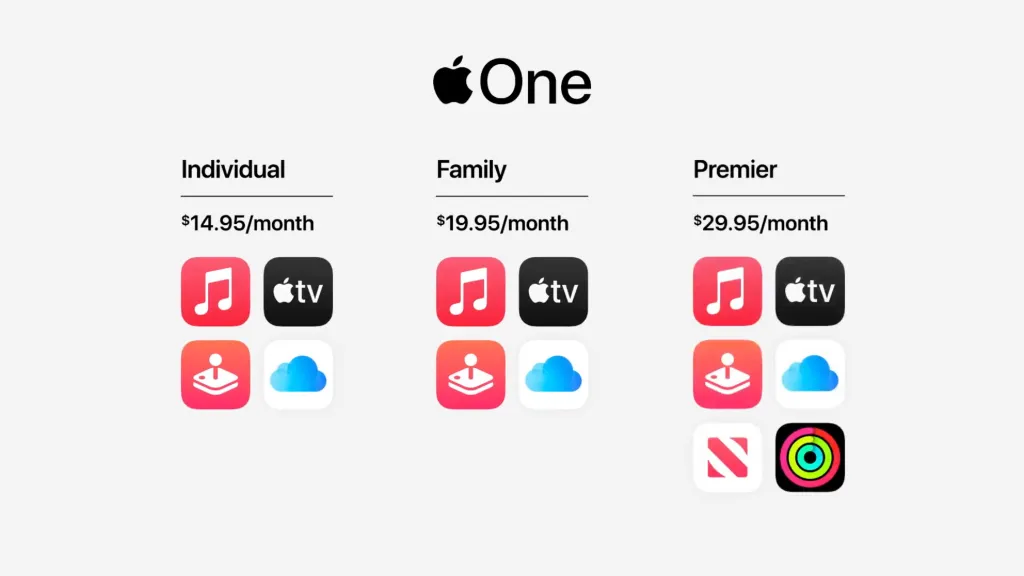
7. The “Problem-Solver” Bundle
A set of products grouped to solve a single, clearly defined problem. The name and presentation make the solution obvious at first glance.
Why it works: Customers connect faster with offers that promise an outcome. Framing the bundle around a need turns the focus from the products themselves to the result they deliver.
How to use it:
- Start with a specific customer pain point: dry skin, messy cables, post-workout recovery.
- Include every item needed for the fix.
- Name the bundle after the outcome, like “Desk Cable Tidy Kit” or “Winter Skin Rescue Set.”
Brand examples: Koala Eco sells “Starter Cleaning Kits” to replace chemical-heavy household cleaners. Caraway offers “Cookware Sets” that cover every kitchen task. The Ordinary sells “The Bright Set” for customers looking to improve skin radiance.
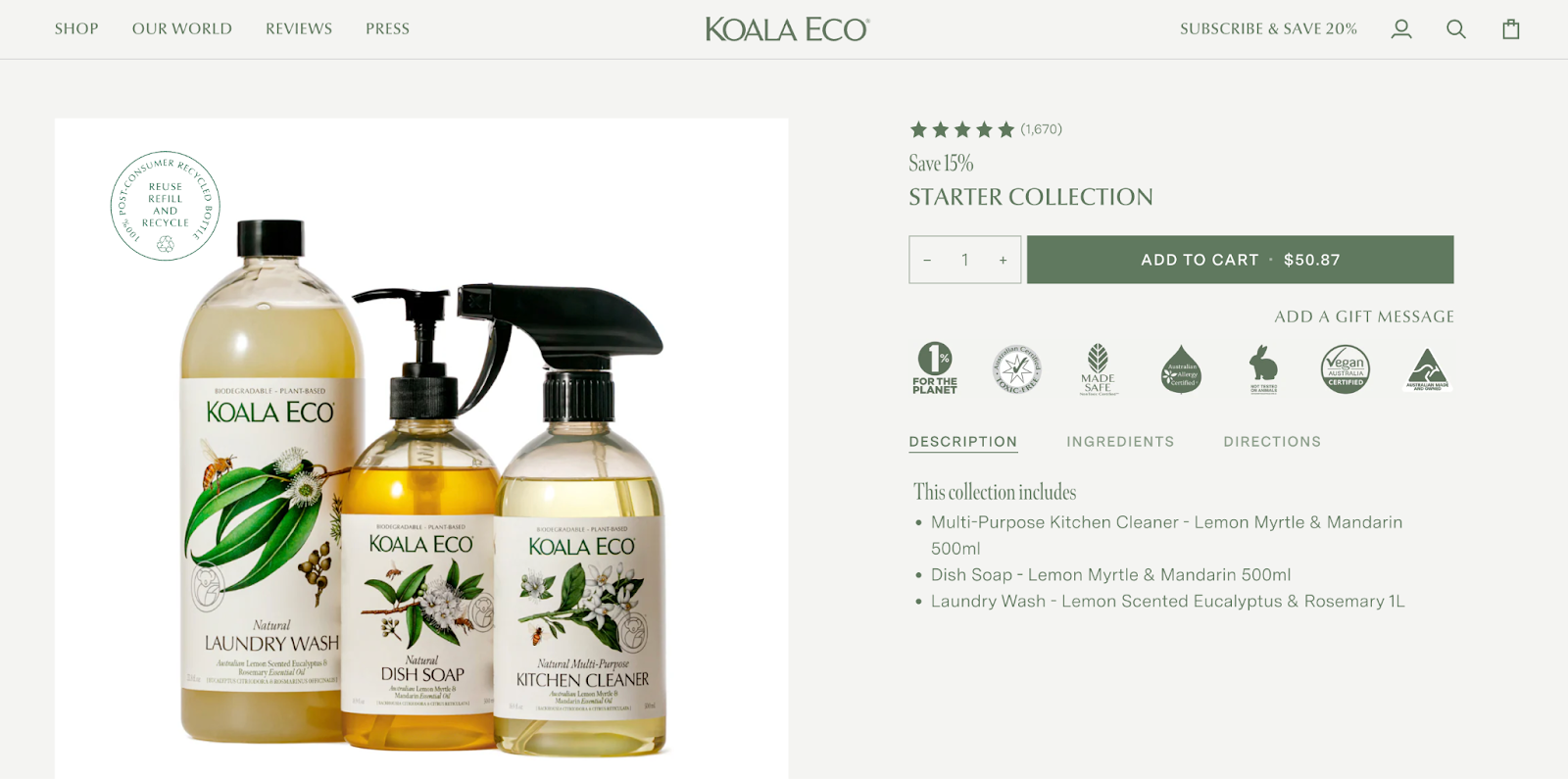
8. The “Gifting-Ready” Bundle
A pre-packaged set designed to be giftable right out of the box. Often seasonal or themed, with special packaging and a clear value statement.
Why it works: Gift shoppers want something that feels complete, personal, and easy to give. A ready-made bundle saves them time while still looking thoughtful.
How to use it:
- Choose items that work well together and appeal to a wide audience.
- Invest in packaging that looks premium or festive.
- Add a seasonal hook, like Valentine’s, Mother’s Day, or holiday exclusives.
Brand examples: L’Occitane creates holiday gift sets with ready-to-wrap boxes. Harry & David sells gourmet baskets for birthdays, anniversaries, and seasonal events. Anthropologie offers themed gift bundles like “Cozy at Home” kits during the holidays.
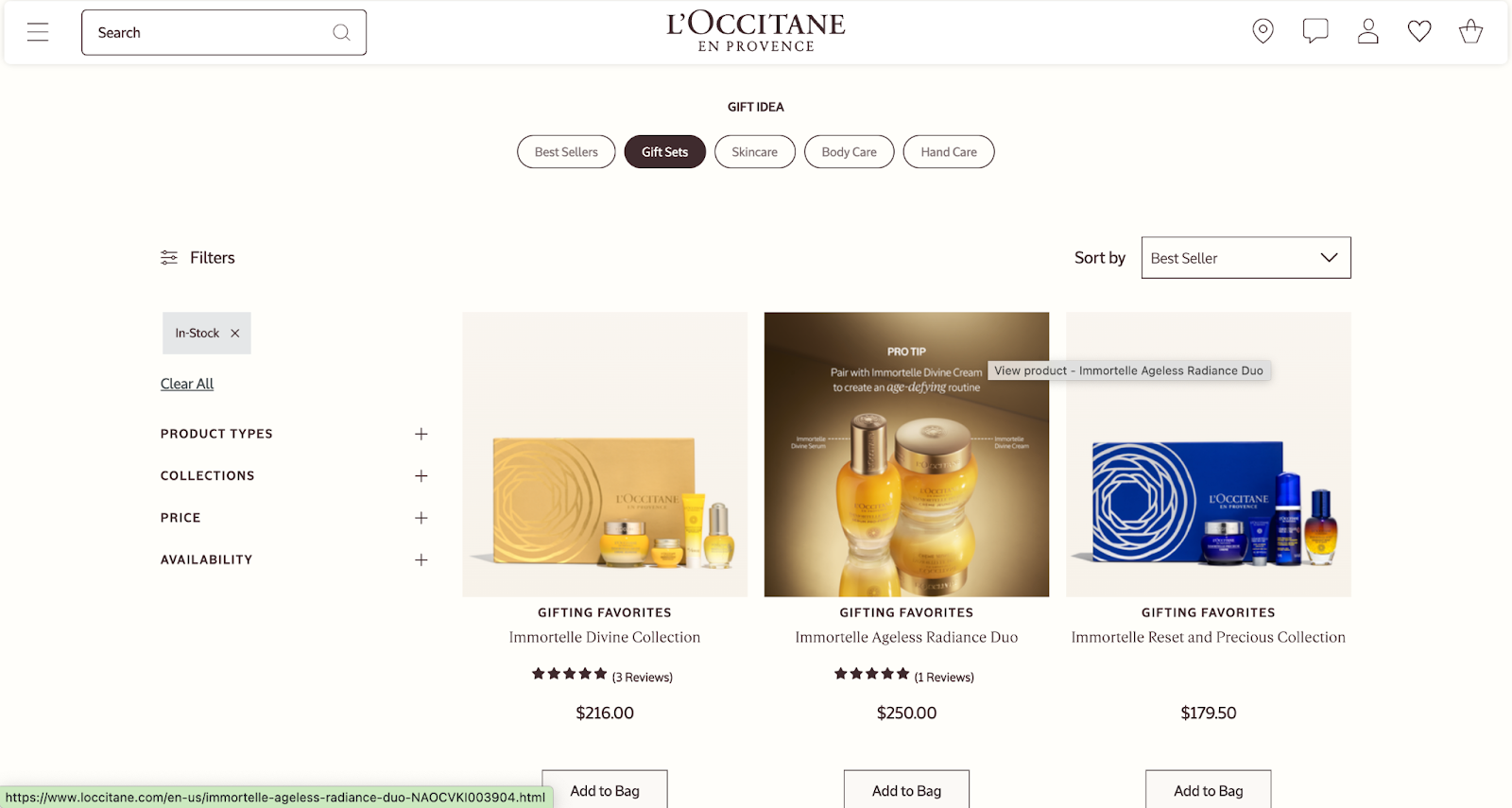
9. The “Clear the Shelf” Bundle
A bundle built to move slow or excess inventory by pairing it with popular products. Priced to create urgency without devaluing the hero items.
Why it works: It turns leftover stock into an easy add-on for customers already buying something they want. The pairing makes the deal feel like a smart grab instead of a clearance dump.
How to use it:
- Identify high-performing products that can carry slower sellers.
- Keep the bundle relevant so it still feels intentional.
- Use limited-time pricing or quantity caps to push quick sales.
Brand examples: Bath & Body Works pairs discontinued scents with bestsellers in multi-pack deals. REI adds last-season gear into camping bundles with evergreen staples. Williams Sonoma combines overstock bakeware with core kitchen tools in seasonal promos.
Common Product Bundling Mistakes to Avoid
Some bundles look like a deal but quietly kill your conversion rate. The logic might check out in a spreadsheet, but the execution feels like extra work for the customer—or worse, a trap.
Here’s what to skip if you want your bundle to actually sell:
- Too many options in one place: A bundle with five dropdowns and sixteen color choices is not a bundle, it’s a quiz. Complexity slows people down. Keep it tight and scannable.
- Bundles that rely on weak products: Don’t try to sneak in underperformers as filler. If the bundle drags down your top sellers or dilutes the offer, skip it or reframe it.
- Confusing pricing: If your bundle discount makes customers do math,or worse, if it’s cheaper to buy items separately, they’ll notice, and bounce.
- Overcomplicating fulfillment: If the bundle depends on manual inventory tracking, or fulfillment errors increase when it’s ordered, you’ll burn your team out and frustrate customers.
Bundling can be powerful. But the moment it introduces friction, confusion, or mistrust, it turns into a liability.
Best Ecommerce Tools for Creating and Managing Product Bundles
Bundling works better with the right tools in place. You need apps that integrate smoothly with your ecommerce store, manage inventory without breaking, support different bundle formats, and make setup fast enough to keep up with campaigns, launches, and seasonal promos.
Here are a few that actually get the job done:
1. Fast Bundle
Best for: Flexible bundles without custom dev work.
Create pre-set or dynamic bundles that show up right on your PDPs, collections, or cart pages. It supports real-time inventory syncing and doesn’t force you to create new SKUs for every bundle.
Pro Tip: Use the same bundle in multiple placements (PDP, cart drawer, upsell flow) with consistent logic.
2. Rebuy
Best for: AI-driven bundling and upsell flows.
Great for smart cross-sells, “frequently bought together” modules, and post-purchase bundles powered by customer behavior.
Pro Tip: Pair with Klaviyo to trigger dynamic bundles in abandoned cart or product reminder emails.
3. Wizio Bundle
Best for: Volume-based bundles with minimal setup.
Ideal for simple tiered discounts. Think “Buy 3, Save 20%.” Clean display, works well for fashion, beauty, or home goods stores.
Pro tip: Use urgency timers or “popular combo” tags to increase clickthrough.
4. Simple Bundles
Best for: Fulfillment-friendly, kit-style bundles.
Handles fixed and customizable bundles without messing up inventory. Good for kits, gift sets, and multi-variant products.
Pro tip: Create seasonal sets with decoupled inventory to avoid stock headaches.
5. Zipify Pages
Best for: Campaign-specific or themed bundle pages.
Not a bundling app per se, but great if you want a custom landing page that showcases your bundles without fighting your theme.
Pro tip: Use split-section layouts to compare the bundle vs individual items.
Bonus Tactics to Boost Product Bundle Sales
Once your bundles are live, don’t let them sit quietly in the corner. Bundles perform best when they show up across the full customer journey. Loud, clear, and easy to buy.
Use these tactics to push performance further:
1. Plug bundles into your email flows
Add bundles to your abandoned cart, post-purchase, or win-back sequences. Trigger based on past purchases, browsing behavior, or seasonal timing. A well-placed bundle can turn one-time buyers into multi-SKU customers.
2. Create a landing page just for bundles
Pull your best bundles into one campaign page. Use it for gifting, seasonal promos, or product launches. Guide visitors with headlines like “Best Value Sets” or “Complete the Routine.” This works especially well for paid traffic or gift shoppers in a rush.
3. Use bundles as entry points for product education
If your product has a learning curve, use a bundle to walk people through the essentials. “Starter Sets” or “Build Your Routine” bundles can ease onboarding while increasing average order value.
4. Name your bundles like standalone products
Avoid “Bundle 1” or “Mix & Match Set.” Give it a name that feels intentional. Use words like kit, edit, drop, or collection. Strong naming creates memorability and perceived value—even if the pricing isn’t discounted.
5. Reinforce bundle value visually
Add comparison pricing (“$86 value, yours for $68”), limited-time tags, and mini UGC callouts. Show people why the bundle is worth it in one quick glance.
6. Test different placements
Run A/B tests with bundles in your PDP modules, slide-out carts, and homepage banners. Sometimes a single layout tweak can double performance. Track the impact on CRO to find the layouts that convert best.
Bundles perform best when they show up across the full customer journey. Combine them with seasonal campaigns or other promotional ideas to keep them fresh and relevant.
Conclusion
Bundles can lift sales, increase average order value, and make your products feel more intentional. You now have nine proven formats, a clear list of pitfalls to avoid, the tools to build them, and extra tactics to maximize results.
Choose one bundle idea and launch it this week. Test its placement, give it a strong name, and watch how it performs. Add more formats as you see success, and keep refining based on data.
Well-built bundles save customers time, create better shopping experiences, and generate consistent revenue for your store. Keep them fresh, keep them relevant, and let them work for you year-round.
Keep it sharp. Keep it obvious. Keep it sellable.
[[cta5]]


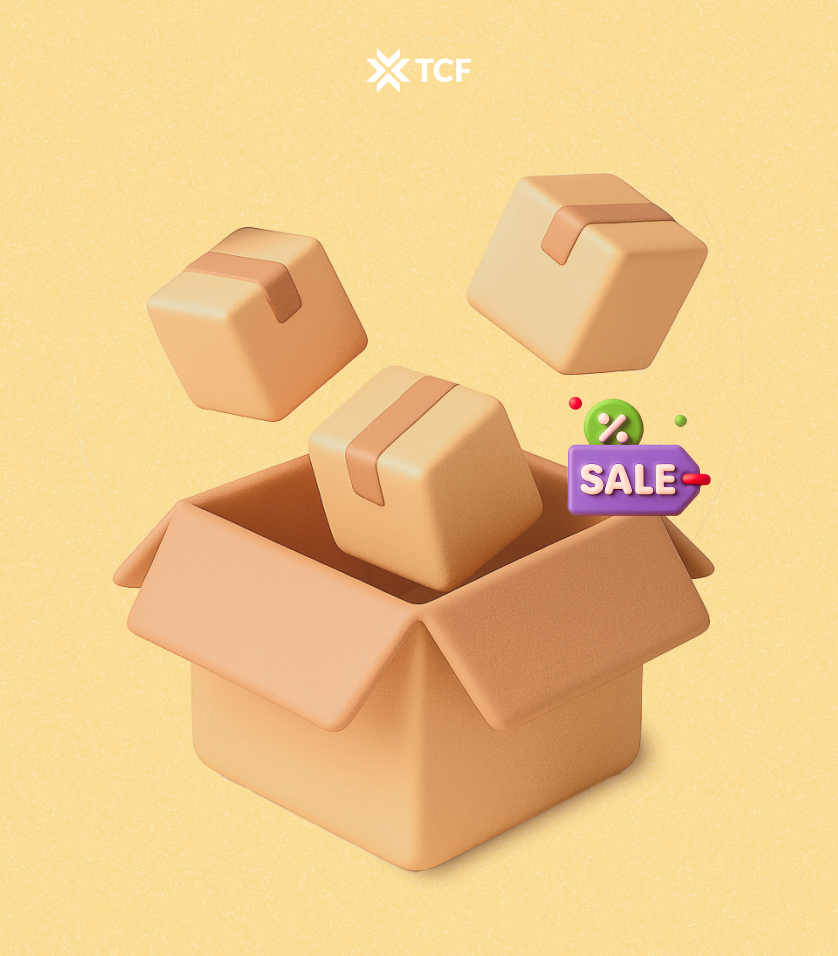



.png)
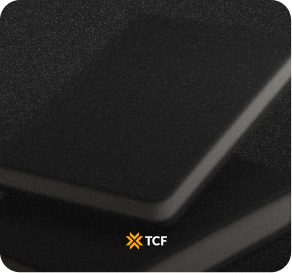

.png)
